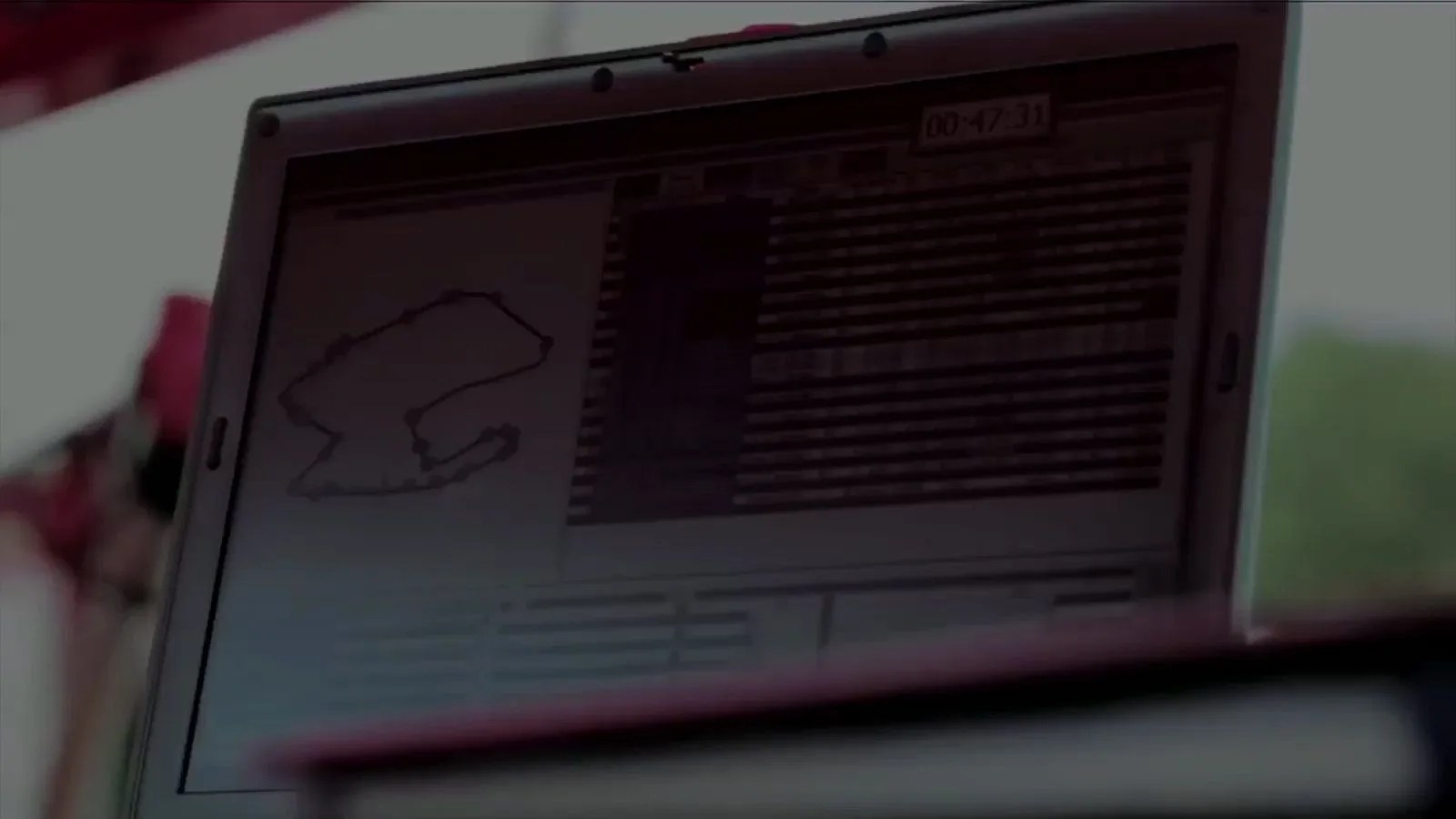
When Hemingway declared “There are only three sports: bullfighting, motor racing, and mountaineering; all the rest are merely games”, he drew a line in the sand — there is a particular gusto, an inherent danger and an elevated triumph distinct to this fraternal order.
From the moment an internal combustion engine was bolted to a set of wheels, man has constantly conjured up ways to make it go faster. Combined with a man’s ingrained sense of ingenuity and a habit to push limits, the increase in speed rose side by side with motor racing’s inherent risk and danger — and also its appeal. Competition naturally arose, birthing wheel-to-wheel racing and, over the years, motoring greats like James Hunt, Barry Sheene and Mario Andretti rose from among their counterparts to become legends.
Since its inception over a century ago, motor racing has split into countless forms: four wheels, two wheels, on asphalt or dirt or both, races that only go a few laps and others that go for a full 24 hours straight. You’ll notice America’s most popular racing association, NASCAR, is missing from the list. Granted, driving high-horsepower cars at any speed takes skill, but there’s something about repetitive left-hand turns for over an hour that just doesn’t catch the eye (sorry). There’s still a lot of racing to choose from, and before the season’s beginning, it behooves your enjoyment to get primed on what to watch, who’s the best right now, and where the top races take place.
This article has been updated to reflect the 2016 racing season.
Formula 1
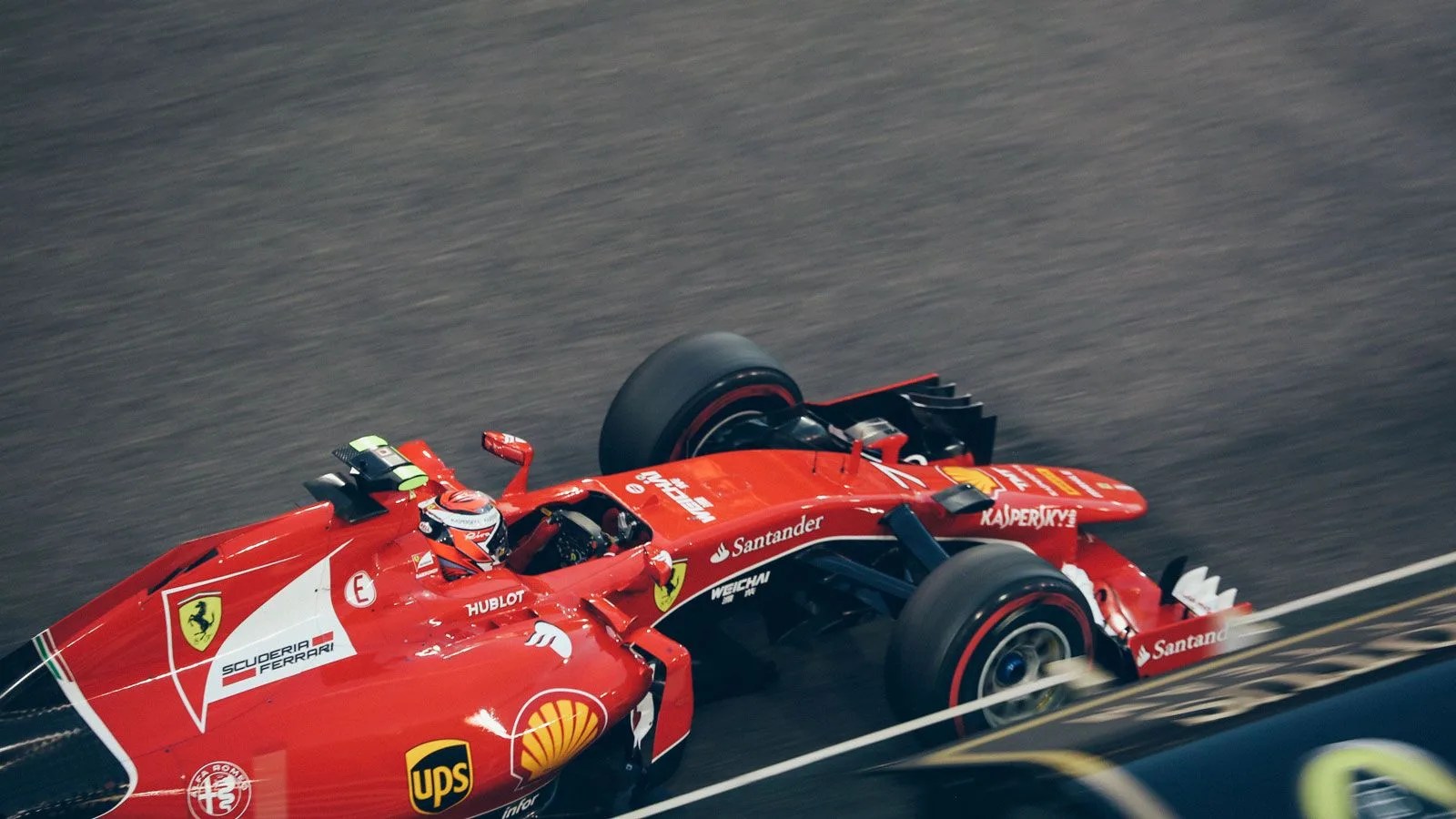
Formula 1, the most watched motorsport in the world, the highest class of open-wheel racing, is regarded as the pinnacle of all motor racing. The F1 championship as we know it today has been around since the ’50s, awarding separate championship trophies to both drivers and teams. Ferrari is the longest-standing and most successful marque to ever race in F1 and they’re joined by names like Mercedes AMG, McLaren, Honda and Renault. Over the years drivers have hailed from and raced on tracks in every continent (save Antarctica); Formula 1 is truly a global sport.
The cars are purpose-built racers designed for one thing: to go fast. Other than the engine, wheels and a steering wheel, an F1 car is a totally stripped of any resemblance to your everyday road car. The wheels are exposed and so is the driver, which gives the Formula 1 car its unique jet fighter-like appearance. The cars are built by engineers according to strict guidelines (or formulas) set each year. Rules regarding the engines have changed over the years to keep some relevancy with the real word. V12s and V10s are a thing of the past, and as of 2014 cars race with extremely advanced turbo V6 hybrid systems. Despite the Earth-friendly-sounding engine, going into 2016, these high-strung race machines put out over 900 horsepower to the rear wheels. Piloting one of these beasts is a test of nerve and skill as drivers go wheel to wheel at 200+ mph.
The Race to Watch
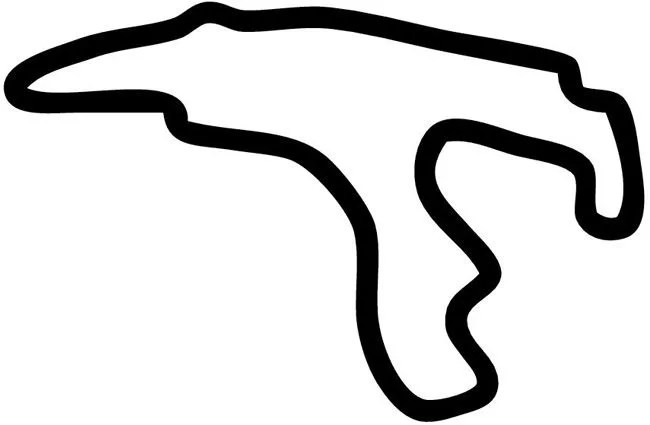
Spa Francorchamps, Belgium
If you ask any F1 driver, current or former, what their favorite tracks are, Spa will be high on on the list. Snaking through the Ardenne Forest and originally using some public roads, Spa has been raced on almost every year that F1 has existed (it took a few-year hiatus in the ’80s so the track owners could make it less deadly). Today the track is in its shortest configuration yet, but still holds the title as the longest circuit (at 4.4 miles) on the calendar. The Belgian track is so expansive that one end can see sunshine while the other gets torrential rain. Constantly changing weather and manhood-testing 180+ mph turns not only challenge drivers but insures gladiatorial action for the fans.
3 Teams to Know
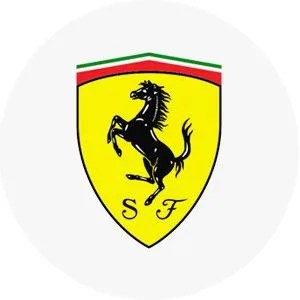
Ferrari
Scuderia Ferrari is the only team to compete in F1 in every year of its existence, and without F1 there would be no Ferrari. Enzo Ferrari’s only reason for building road cars in the first place was to help bankroll his F1 efforts. With 16 championships, the Italian squad is the most decorated team in F1 history, but the past couple years they have been in a slump. 2015, after preseason team-wide reorganization, yielded three wins by new-to-the-Scuderia Sebastian Vettel. That may not be the tally Ferrari and Vettel are used to, but they were the only team other than Mercedes-AMG to snag victories. They were the Silver Arrow’s only threat in 2015, but can they keep up the fight this season?

McLaren
Ferrari’s bitter British rival, McLaren got its start in ‘63 and has been one of the sport’s most consistently successful teams. At one point they were the most dominant, winning all but one race in the 1988 season, when their cars were powered by Honda. But after reuniting with Honda in 2015, McLaren put forward their worst season in history, considering themselves lucky they even scored a single point with their own driver, Fernando Alonso, who compared his ride to a GP2 car. Though off-season rumors have been floating around that Honda has made massive power gains in the engine department, it’s not like the other teams sat on their hands and relaxed all winter break.
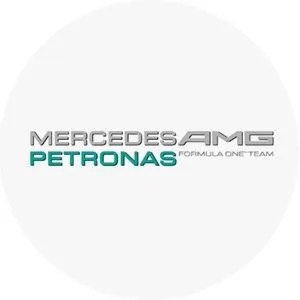
Mercedes-AMG
Historically known as the “Silver Arrows,” Mercedes won the ‘54 and ‘55 F1 seasons, but then withdrew from the sport following a catastrophic accident at Le Mans. Mercedes returned to F1 40 years later, in ‘95, but only as an engine supplier, not as an official team. Come 2010, Mercedes came back in full force once again as the Silver Arrows, and brought with them seven-time world champion Michael Schumacher to help develop and race the car. Ultimate success was finally found when the Mercedes-AMG F1 team won the 2014 championship with a car so dominant it won all but three races. Mercedes then reasserted their dominance by the championship again in 2015, racking up a record number of wins, pole positions and 1-2 finishes. Now, as the most dominant team over a season in the sport’s history, Mercedes enjoy a healthy momentum going into 2016.
Noteworthy: Haas F1, led by successful NASCAR team owner Gene Haas, will be the first US-based team in 30 years to compete in Formula. But don’t think Haas is clueless about what it takes. Haas F1 has worked closely with Ferrari, using their engines and wind tunnel, and when given the option to start racing in 2015, Haas declined, opting to develop the car and team for a year rather than rush into it. There are no illusions here; Haas F1 doesn’t expect to take the championship in their rookie year, but with the development path they’ve taken, they expect to at least earn a few points.
Top Active Driver
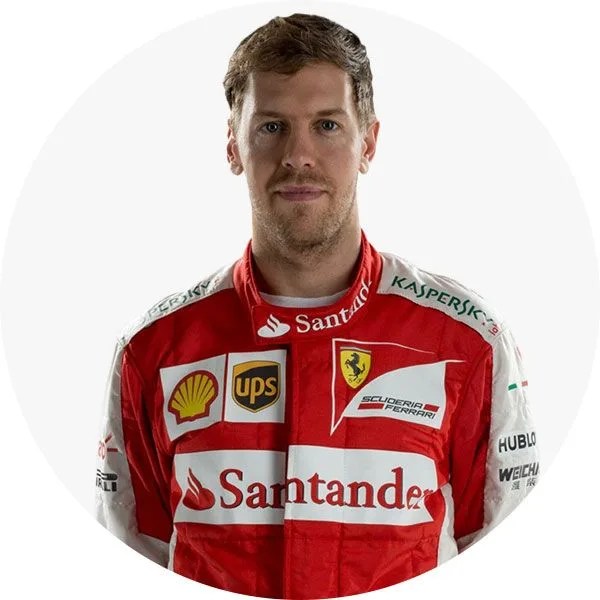
Sebastian Vettel Drives for Scuderia Ferrari
After securing four championships in a row with Red Bull F1, Vettel hit a one-year slump when the new era of F1 cars dawned. But after joining the new, rejuvenated Ferrari for 2015, Vettel and his new team rallied around each other and were the only threat to the Mercedes-AMG juggernaut all season. Though Lewis Hamilton won the championship, there was little doubt anybody driving a Silver Arrows car wouldn’t take the crown. Vettel’s 2015 season was a performance of pure skill, peppered with heroic drives. If Ferrari can give Vettel the right machinery, Hamilton’s fourth title will be his hardest-earned yet.
Moto GP
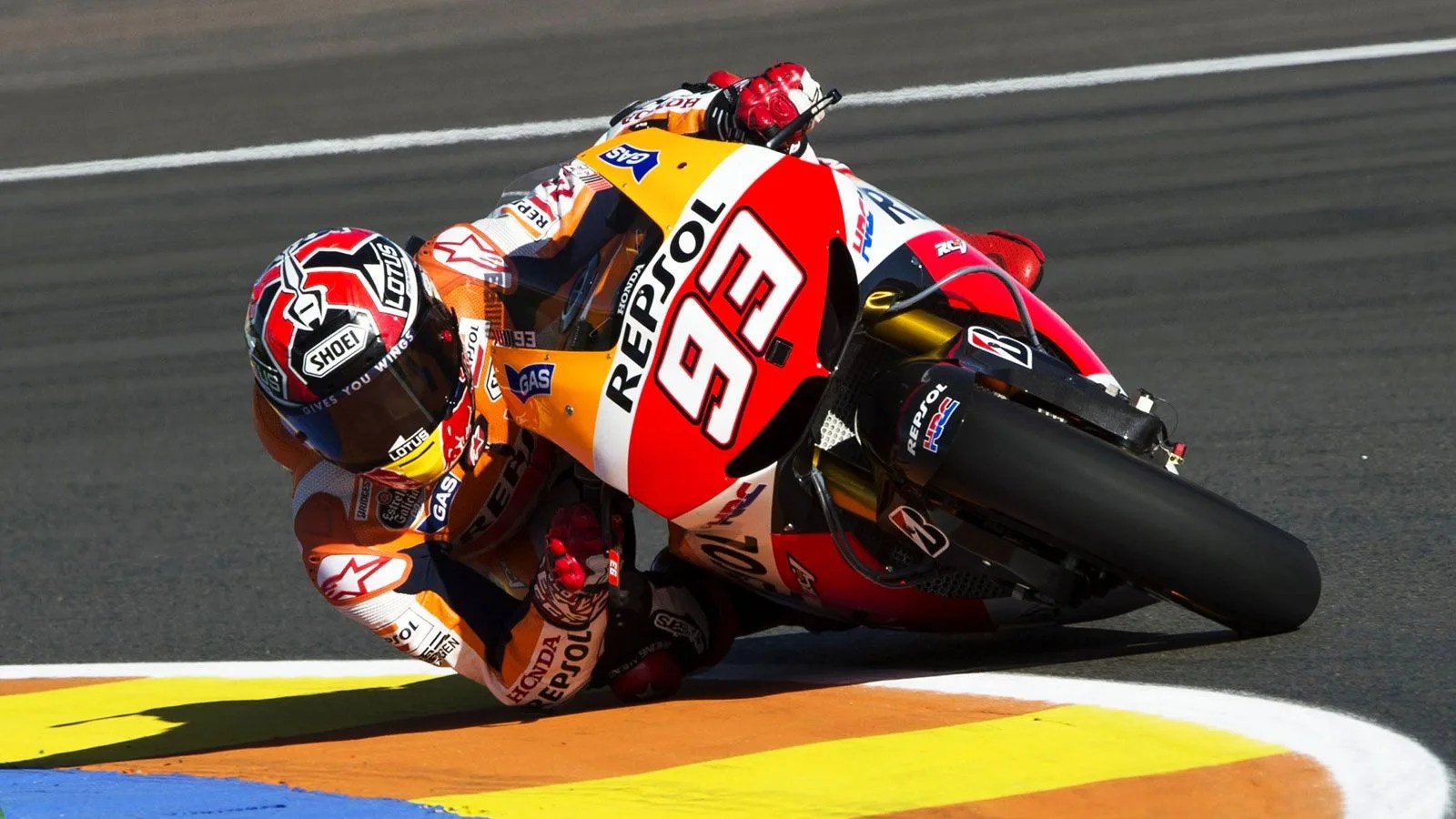
Created in 1949, 500cc class Grand Prix motorcycle racing, now known as MotoGP, is the premier class of motorcycle road racing. Like most forms of motorsport, MotoGP is split into different championships: the Rider’s, the Constructor’s (Engine manufacturer) and the MotoGP Team championship. The insane engineering marvels referred to as MotoGP bikes have varied in engine size over the years, but as of 2012 they have been regulated to four-cylinder 1000cc units. Their power is estimated at 240 horses, which is good enough for riders to see speeds north of 200 mph on a regular basis.
The phrase “If you ain’t rubbin’, you ain’t racin’” still applies to MotoGP, except here, the riders aren’t putting fenders against corner panels, they’re racing shoulder to shoulder. With top riders from all over the globe, racing on world-class tracks, MotoGP has some of the closest racing on any number of wheels.
The Race To Watch
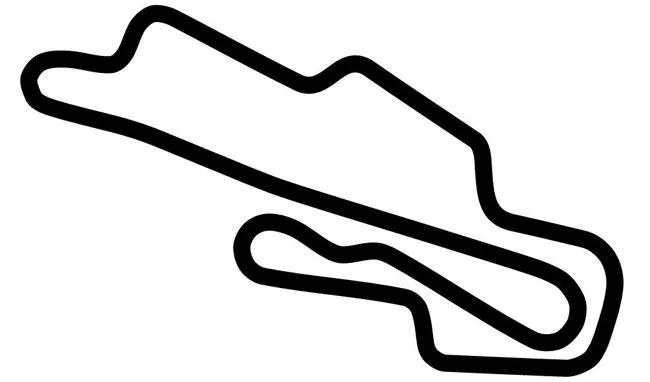
Mugello, Italy
Mugello supplies some of the best racing of the season for MotoGP fans. With high-speed corners and the longest straight-away on the calendar, all the action is amplified. Riders max out their machines drafting each other down the straight, flirting with 215 mph before they start braking side by side into a sweeping right-hander up a hill. Fans pack the 50,000 seat grandstands and, in classic Italian motorsport fashion, flood the main straight for the podium celebrations and the champagne shower. It’s a high-speed party from start to finish.
3 Teams to Know
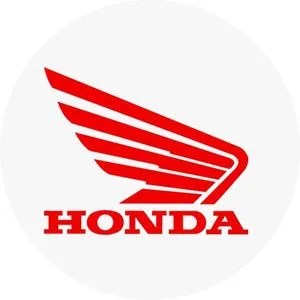
Honda
Honda started its foray in premier-class motorcycle racing in the late ’60s, a time when Italian and British bikes dominated the sport. Since then, the Japanese company has become the most decorated team with 21 championships. Honda has won more than half of the championships of the past 20 years and last won a championship in 2014. 2015 saw a Honda’s more senior rider, Dani Pedrosa undergo surgery mid-season, and miss a handful of races, while double-world champion Marc Marquez crashed out too many times to defend his title.

Yamaha
If there’s one team that can take down Honda, it’s Yamaha. Yamaha was a crucial player in the wave of Japanese teams joining the sport in the ‘60s, but after 2015, Yamaha only trails Honda’s Championship count by four. After a tumultuous championship battle between the Yamaha riders last season, where Jorge Lorenzo edged out Valentino Rossi for a third title, the Yamaha duo may be a powerhouse pairing but in 2016 it might be more of a powderkeg.

Ducati Corse
Ducati Corse are relative new kids on the block, first contending in MotoGP in 2002, when a big shakeup in the regulations took place. It wasn’t until 2007, when engine displacement was reduced to 800cc that Ducati dominated the field all season (having developed an 800cc earlier than most in anticipation of the switch), grabbing the team’s and Australian rider Casey Stoner’s first titles, with four races to go. Coming off the 2015 season, where Ducati had a clear power advantage on the straights, the team from Bologna has some serious potential as 2016 title contenders.
Top Active Rider:
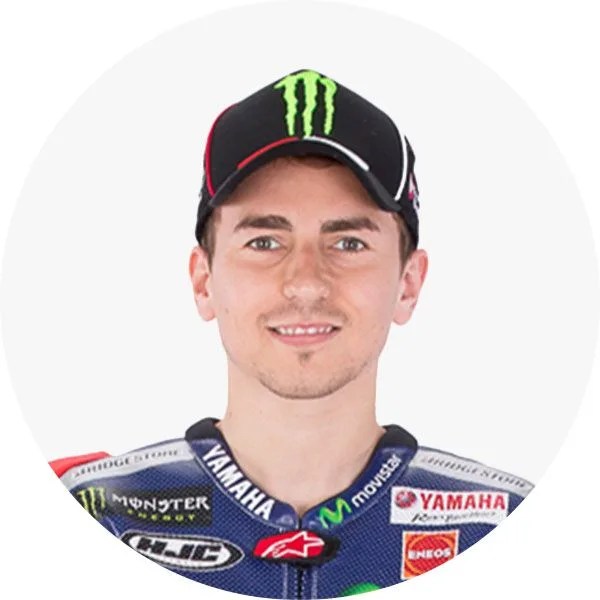
Jorge Lorenzo Rides for Yamaha
Some may say Jorge Lorenzo’s 2015 title was won under controversial circumstances, but regardless of whether you’re Team Rossi or Team Marquez, there’s no denying Lorenzo’s season-long racecraft. With the most wheel-to-wheel battles and lead swaps the sport has seen in recent years, the fact that Lorenzo came out on top speaks volumes.
World Endurance Championship

Though the WEC has only been in existence since 2012, the endurance style of racing in this championship has been going on, in one form or another, since the early 1900s. Endurance racing is less about speed and more about durability. On some tracks, speeds in excess of 200 mph are still common, but outright speed doesn’t guarantee a win. The idea is to see which team can go the farthest distance in the allotted time. Most races last six hours and go into the night, with the most famous race being the 24 Hours of Le Mans.
Adding to the competition, four different classes of cars race on the same track all at once, with all capable of different speeds. The Prototype category, LMP1 and LMP2 are purpose-built aerodynamic wonders that hit the fastest speeds and corner with the most Gs. The GTE class cars are based directly on everyday sports cars, but this category is split into GTE Pro for teams with professional driver lineups and GTE Am for teams with a mix amateur and pro drivers. Winning teams and drivers are awarded trophies in each category, in addition to the overall season victor. During the race, the Prototypes eventually lap up to the GTE class and have to navigate through the traffic (usually at triple-digit speeds). When that happens, the speed difference is so immense the lower-class cars might as well be moving backward. The danger factor in the lapping speed difference and the diverse grid sets up some of the world’s best races between the world’s most famous manufacturers.
The Race To Watch
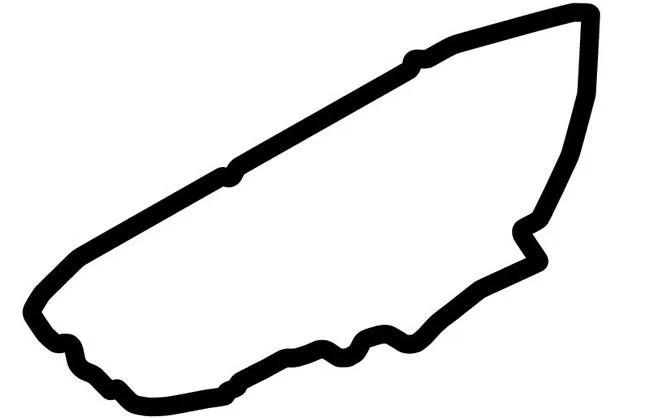
24 Hours of Le Mans, France
Since its inaugural race in 1923, this legendary 24-hour endurance race around the Circuit de La Sarthe has been the ultimate test of man and machine. With balls-out driving for 24 hours, racers and their cars stay constantly on the limit. The notoriously high-speed track with the famous three-mile-long Mulsanne straight has seen speeds in excess of 250 mph. Though two chicanes were added in 1990 to slow the cars down for safety, recent aerodynamic innovation and technological advancement has seen the cars creep back up towards record speeds.
3 Teams to Know:

Audi
The German team won the inaugural 2012 season and then went on to defend the title in 2013. But since the WEC is in its infancy, you have to look at Le Mans results for proof Audi’s endurance racing pedigree. In the past 16 years, Audi has taken the top step at Le Mans 13 times. As the second most successful team in the history of the race, with two separate streaks of five consecutive wins, they’re arguably the most dominant.

Porsche
With 16 wins, stretched out from 1970-1998 and a record seven consecutive wins from ‘81-’87 Porsche is the most successful team to ever race at Le Mans. But after the ‘99 season, the Stuttgart squad pulled out of prototype racing altogether. The marque’s first year back to the top-tier of Le Mans yielded little success, but Porsche continued to build on their monumental tally and grabbed their 17th victory at Le Sarthe in 2015 with the help of current F1 driver Nico Hulkenberg.

Toyota
After a 13-year absence, 2012 marked the return of Toyota to top-tier endurance racing and, with that, the first-ever gas-electric hybrid to ever compete in Le Mans. After fending off the likes of Audi and Porsche, Toyota won the 2014 WEC championship with their LMP1 class Toyota TS040 Hybrid. 2015 didn’t yield the results Toyota was looking for, fielding a reworked TS040. For 2016, though, the Japanese team will line the TS050 on the grid, a completely new car from the ground up.
Noteworthy: Some of the biggest news going into the 2016 season was the announcement that Ford would be returning to Le Mans. Though they’re not competing for the overall win, the return of the Ford GT to Circuit de La Sarthe has the motoring community beaming with excitement.
Top Active Driver
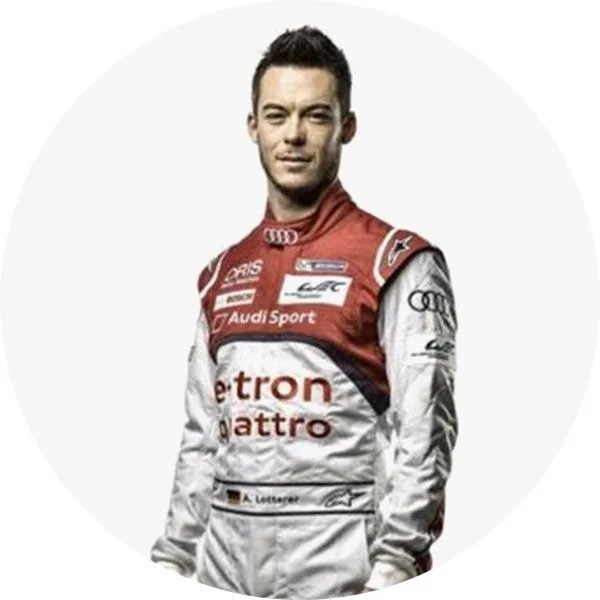
Andre Lotterer Drives for Audi
After record nine-time Le Mans winner Tom Kristensen announced his retirement at the end the 2014 WEC season, picking a top driver now is nearly impossible. Not only is that a testament to Kristensen’s domination of the sport, it also speaks volumes to the quantity of high-quality drivers in the field. However, Andre Lotterer seems to stand a bit above the rest. His first start at Le Mans was 2009 and since then he has won the race three times (as well as taking the WEC championship in its inaugural year). Coming up under Tom Kristensen’s wing probably hasn’t hurt, and at 33 years old you can bet Lotterer’s best days are still ahead of him.
World Rally Championship
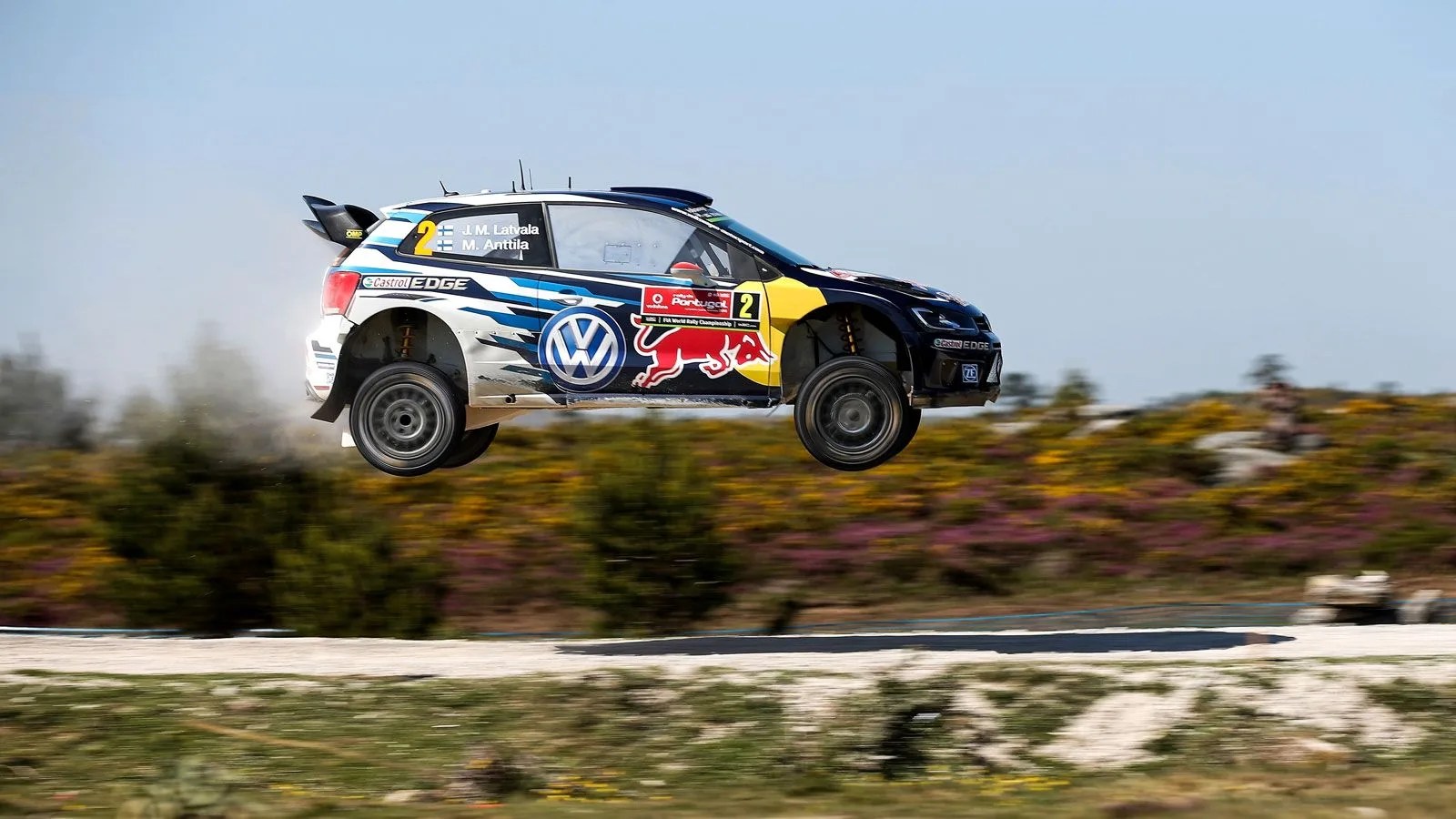
The World Rally Championship approaches motorsport a little differently. Instead of racing against your opponents side by side, drivers race one at a time, point to point, time trial style. Each rally is made up of a number of point-to-point courses, called “stages”, and the driver with the lowest cumulative time wins the rally. The cars are based on smaller-sized production models — think Minis and Ford Focuses. Smaller cars can change direction faster and fit down the narrow backroads that make up most rally stages. But with 300+ horsepower and sub-3-second 0-60 times they’re far from city-dwelling econo boxes.
Most rally stages tend to be on closed public roads, which vary from asphalt, dirt and gravel to snow and ice. The stages run through forests, mountain passes and even towns. Most of the loose-surfaced backroads are lined closely by trees, houses, ditches or even cliffs. Launching from the starting gate, drivers are told pacenotes by their co-drivers to guide them around blind turns and hazards or over jumps. All this happens above your standard highway speeds. The masterful car control rally drivers possess is envied by racers of all disciplines. Without a doubt, the World Rally Championship has produced some of the bravest drivers on the planet.
The Race To Watch
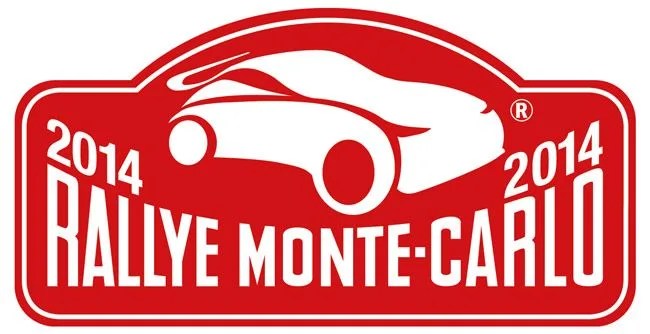
Monte Carlo Rally, Monaco
Historically set as the opening round to the WRC season, the Monte Carlo Rally is the most famous rally stage in the entire world. In total, it covers 200+ miles and includes the famous Col de Turini mountain pass that throws every element possible at rally drivers. The roads barely qualify as one-way streets and only seem to get narrower as night falls. Snow and ice make regular cameos as the road surface switches from asphalt to gravel and back again. Drivers are drifting sideways more often than not, while also threading through the cliffs above the French Riviera. It’s unlike any other event in the world.
3 Teams to Know

VW Motorsport
Complete newcomers to the WRC, Volkswagen Motorsport announced in 2011 their intent to race in 2013 with a fully developed and dedicated rally car. Rising star Sebastien Ogier piloted the VW Polo R WRC and won the first stage of the 2013 Monte Carlo Rally (he would finish second overall). Ogier and his Polo R WRC then won the season’s second rally in Sweden and continued to dominate all year, giving VW’s its first WRC championship. VW continued to dominate the competition in 2014, defending their title, went on to repeat their success in 2015 and are looking to do exactly the same in 2016.
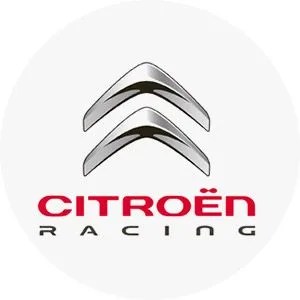
Citroen Total
Citroen took the championship in their first full season of WRC in 2003. Over the next nine years they would take seven more titles in the hands of Sebastian Loeb, now the most decorated rally driver in history. They need one more championship to tie Lancia for most ever, but VW has made that task significantly more difficult.

M-Sport WR Team
In it from the beginning, Ford has one of the most enduring legacies in the WRC. Ford won its first title in ‘79 with the titanic RS1800, but wouldn’t see success again until 2006 and then, again, in 2007. Ford withdrew from the sport as a factory team after the 2012 season ended, but former racing partners M-Sport continue to carry the torch for the Blue Oval.
Top Active Driver
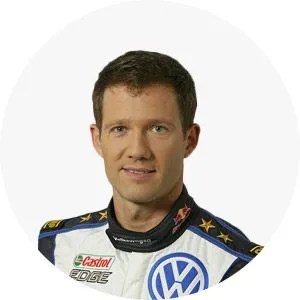
Sebastien Ogier Drives for Volkswagen Motorsport
When nine-time champion Sebastien Loeb retired from full-time rally racing, his compatriot Sebastien Ogier took up the mantle to continue the French dominance of the WRC. Ogier won his and VW’s first title in 2013 with the incredible Polo R WRC, defending his title in 2014 and then again in 2015. At such an early point in his career, Ogier is already showing herculean skill in all conditions; look for his name in headlines for years to come.
WeatherTech Sportscar Championship
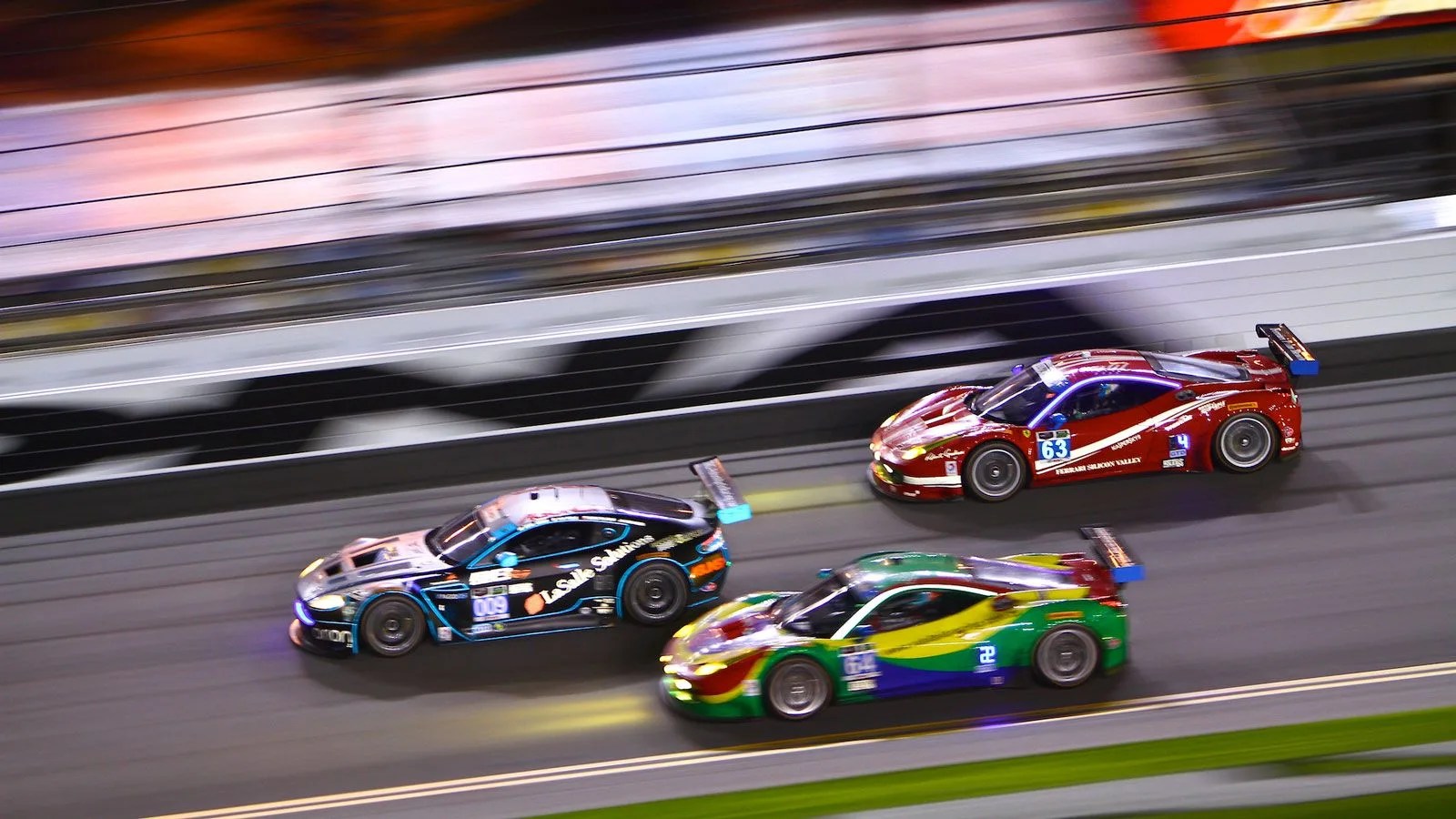 MotorSportsMedia / Halston Pitman 2014-All Rights Reserved
MotorSportsMedia / Halston Pitman 2014-All Rights ReservedThe IMSA Sportscar Championship may have changed title sponsors for 2016, but the series came from a merger between the United State’s two top sports car series: the Rolex Sportscar Series and American Le Mans Series. From that we get one of motorsports’ largest and most diverse starting grids ever to see the checkered flag. Grand-Am’s Daytona Prototypes (which oddly enough look like Pagani Zondas) race directly against open-top LMP2 cars in the new Prototype Class (P). The American Le Mans Prototype Challenge (PC) class remains unchanged in the merger, and it showcases identical single-spec cars that act as an amateur division for the top-class prototypes. ALMS GT cars race under the new GTLM category, while the less-powerful GT cars of Grand-AM race in their own GTD category. If that all sounds confusing, color-coded LED number displays built into the side panels help differentiate between the cars in the two prototype categories and the cars in the two GT categories.
WTSCC races are endurance-styled, in that the races are under time limits, not a lap counter. From the 100-minute sprint on the streets of Long Beach to the famed 12 Hours of Sebring and legendary 24 Hours of Daytona, the WTSCC calendar features the most demanding tracks North America has to offer. No other racing schedule lets fans see top-class drivers in such a variety of cars trading paint on one track.
The Race To Watch

24 Hours of Daytona
It’s not just the first race of the season for WTSCC, it’s the first road race of the year in all of North America and the world. Saying the Daytona 24 is the best race of the season isn’t to sell the rest of the races short, though. There are highlights all year long — but the 24 Hours of Daytona marks the return of motorsports for the year, and there’s plenty of pent up energy around the race.
3 Teams to Know

Chip Ganassi Racing
One of the most dominant teams in modern North American racing history, Chip Ganassi Racing is a seven-time champion of the old Grand-Am series, raced in Daytona Prototypes. Not only did they take the Grand-Am crown four years in a row (‘10-‘13), they’re also the only team in history to win the 24 Hours of Daytona three years on the trot (‘06-‘08). And, Chip Ganassi also is the first team owner to win the Daytona 500, Brickyard 400, Indy 500, Grand-Am series and IndyCar series all in one season. For the 2016 WeatherTech Sports Car Championship season, Chip Ganassi will be fielding the hotly anticipated Ford GT, so be on the lookout for the distinct red, white and blue paint job.
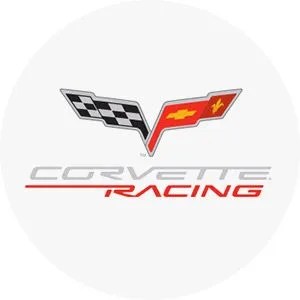
Corvette Racing
Corvette Racing’s pedigree isn’t limited to just having one of the best-looking race cars in the pit lane. With seven consecutive American Le Mans Series titles (10 in total), eight class wins at the 24 Hours of Le Mans and a class at the 24 Hours of Daytona in 2015, Corvette Racing has dominated both domestic and foreign soil.
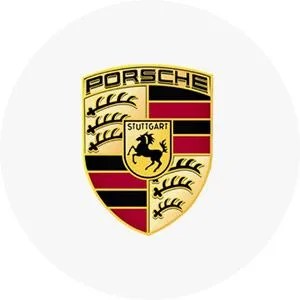
Porsche North America
Porsches have been successfully racing in North America for decades, it’s just been under private teams. But as of last year, Porsche North America entered a factory-backed team by the way of two 911 RSRs. After dominating the latter half of the 2015 season, and snagging the GTLM championship, Porsche see no reason their momentum should cease going into 2016.
Top Active Driver

Jan Magnussen Corvette Racing
Jan Magnussen has built a successful resume piloting Corvette Racing machinery. He’s racked up four second-place finishes and four class victories at Le Mans over the years. He dominated the GTLM category in last year’s running at Daytona to take the win and then followed up with a win at Sebring. Though he didn’t take the class title in 2015, he is consistently vying for top honors.
